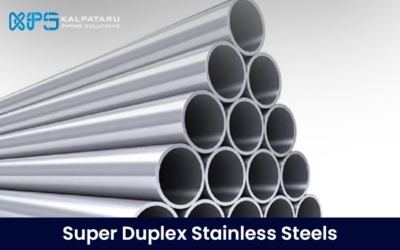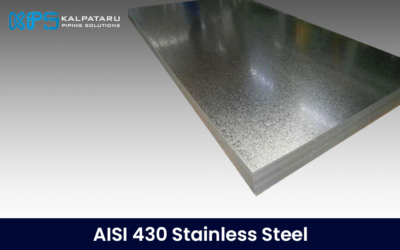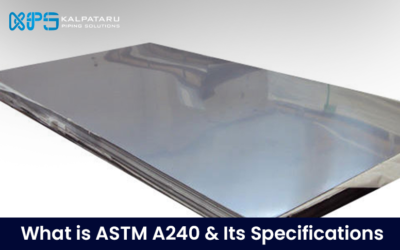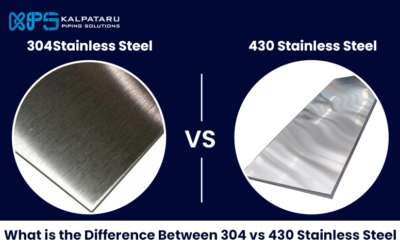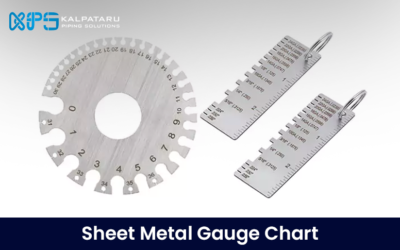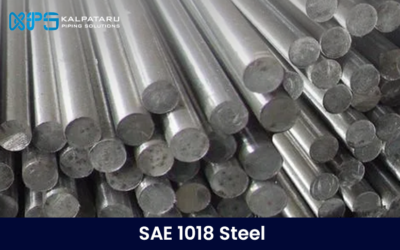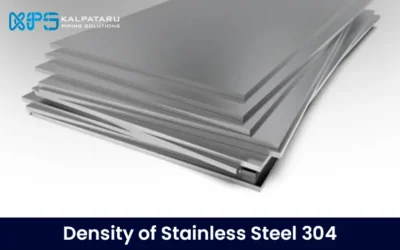Latest Blogs
SAE 1045 Carbon Steel – Chemical Composition, Properties and Uses
SAE 1045/AISI 1045 Carbon Steel is a medium-carbon steel known for its excellent combination of strength,...
An Introduction to Super Duplex Stainless Steels
Super Duplex Stainless Steels and Their Characteristics Duplex stainless steels were first developed in Sweden over 70...
Difference Between Duplex and Super Duplex Stainless Steel
Stainless steels are categorized based on their microstructure, with duplex stainless steels being a unique...
AISI 430 Stainless Steel – Chemical Composition, Mechanical & Physical Properties
Stainless steel plays a critical role in various industries, and AISI 430 stands out as a key grade in this family....
What is ASTM A240 & Its Specifications
What is ASTM A240? ASTM A240 is a standard set by the American Society for Testing and Materials (ASTM), covering...
What is the Difference Between 304 vs 430 Stainless Steel
304 and 430 stainless steel are two popular types of stainless steel, each with distinct compositions and uses. 304...
Sheet Metal Gauge Chart
Gauge sizes show the thickness of sheet metal, where a higher gauge number means a thinner sheet. Gauges are...
SAE 1018 Steel – Chemical Composition, Material, Properties
SAE 1018 mild/low carbon steel is widely known for its excellent weldability, making it easy to fabricate. This steel...
Density of Stainless Steel 304
Stainless steel 304 & stainless steel 304L are also known as 1.4301 and 1.4307 respectively. Stainless steel 304,...


